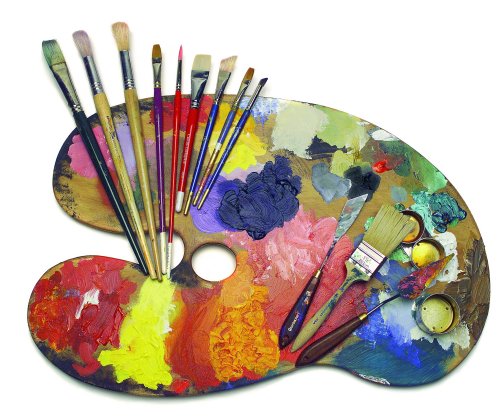According to Toni Owen "Once a papyrus sheet was formed it was joined together with other sheets to form long rolls. The papyrus roll format dates back to ~3,000 BCE and there is little evidence individual sheets were ever used alone. Smaller papyrus documents were either from halved or quartered rolls cut to certain lengths.
To make the roll, individual sheets were overlapped slightly; normally
the sheet on the right overlapped the sheet on the left by 1-2 cm. The overlap
was pasted, pressed and possibly burnished. Recent analysis has identified
starch paste in the joins of several ancient papyri. Twenty sheets was the standard
roll."
So now you can compare the texture with the so called Papyriform
columns. In fact the rolls were prepared in a way that horizontal fibers were
on the inside and the vertical ones on the outside. If rolled in the opposite
direction (vertical fibers inside) the fibers would have been crushed.
Look at a real papyrus
Now compare these with the texture designed for the columns
Watch these video that has great facts from the ones studied in
class Ancient Egyptian art
After, answer these two questions:
1. Describe several of the Egyptian artistic conventions
2. Why did Egyptians paint in such a rigid manner?




